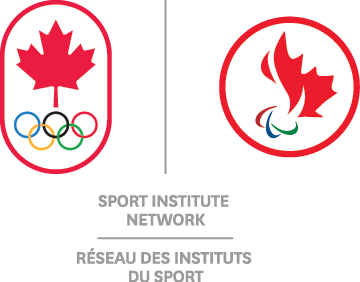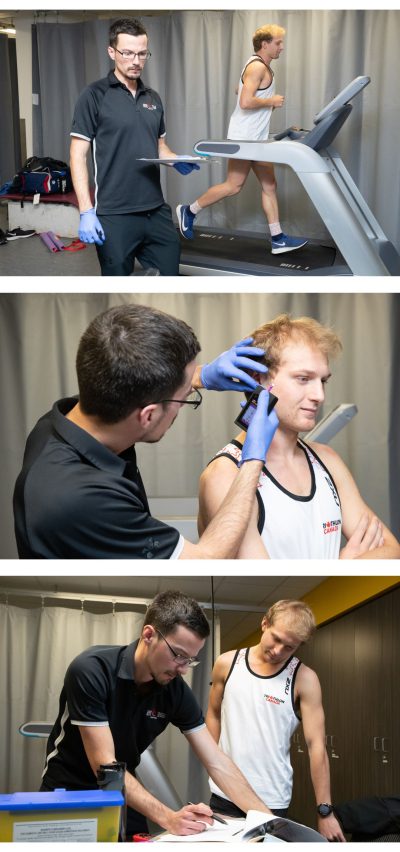Back to Basics: Lactate Testing
We’re going back to elementary school basics and using the 5 w’s to learn about lactate testing with Jérémie Chase, CSCM Physiologist.
Who?
Lactate Testing is primarily for endurance athletes, though we’ve also done tests for wrestling athletes and taekwondo – any sport with a substantial energy system demand. It’s not for precision sports like archery or shooting, and we generally don’t do them for team sports.
What?
Lactate testing requires an athlete to run, bike or row in an incremental test, meaning the test will get progressively more challenging as time goes on, usually in stages. Through various points in the test, we take a small lancet and poke their earlobe or finger to get a drop of blood from the athlete. That drop is put in an analyzer that gives us their current lactate values. Different sports and coaches use different protocols, but generally the test takes 30 to 90 minutes.
Why?
In physiology, the concept of a lactate threshold is described as the point where the maximum exercise intensity which can be sustained for a prolonged period of time. If you go beyond that point, the athlete is generally relying on a finite supply of energy that can’t be renewed as fast as it’s being used up. Lactate testing helps us learn that point for each athlete, and that lactate threshold is used by their coach to prescribe the intensity for the athlete’s workouts. If the coach wants a longer effort, it’s going to have to be below the lactate threshold. If they want a harder effort or race pace, it will be around the lactate threshold. Or if they want sprint work the athlete would be well above that threshold. Knowing an athlete’s lactate threshold allows for more individualized programming for the athlete.
When?
A lot of sports do lactate testing three or four times a year. Once we learn their lactate threshold, the athlete needs to train over a significant amount of time that we would expect change, before we test again. So with enough time between tests, we can assess whether a training program has been effective or not at adjusting or modifying these lactate test values, and then modify training prescription with the new values.
Where?
At CSCM, we primarily do lactate testing in our Physiology Lab. It is possible to do tests on location, especially for a larger group of athletes, but in general we do them here.
If you’re an athlete and you think lactate testing would be beneficial for you, talk to your coach. Lactate testing results are used by your coach to customize your training, and not all sports or coaches would use this data in a meaningful way.
Special thanks to Blake Harris, triathlete, for allowing us to capture photos from his lactate testing session with Jérémie Chase.
Images © Douglas Portz Photography (www.portz.ca)



